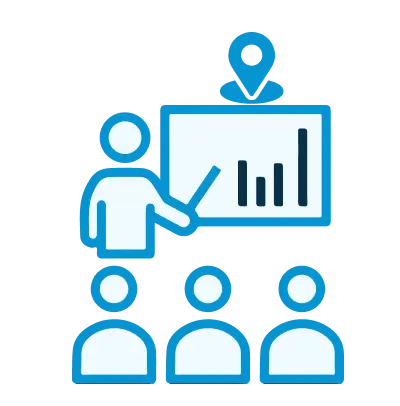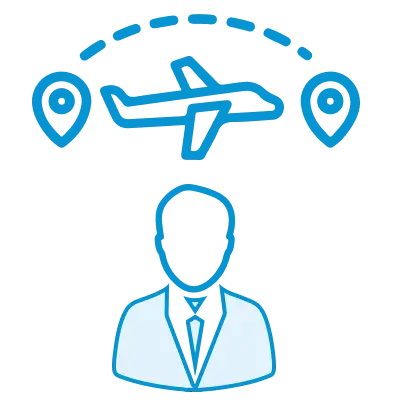We're open through the holidays to support your upskilling goals — book your session today!
We're open through the holidays to support your upskilling goals — book your session today!
Unable to find what you're searching for?
We're here to help you find itChange Technology



Agile Testing is a modern approach to software testing that aligns with Agile development methodologies, enabling continuous feedback and fast delivery of high-quality software. Unlike traditional testing, which occurs at the end of the development cycle, Agile Testing is integrated throughout the entire lifecycle, promoting early detection of bugs, better collaboration, and faster releases.
This approach emphasizes test-driven development (TDD), behavior-driven development (BDD), and continuous integration/continuous testing (CI/CT). These practices ensure that each feature is tested as it is developed, reducing the risk of costly post-release errors.
Learning Agile Testing is crucial for professionals aiming to thrive in DevOps, Scrum, and other Agile environments. Testers, developers, and QA engineers gain skills in automation, collaborative testing, and adaptive planning.
Agile Testing is widely adopted by tech giants like Google, Amazon, IBM, and Infosys, who rely on it to maintain product quality and accelerate time-to-market. With the growing demand for Agile and DevOps professionals, mastering Agile Testing equips learners with in-demand skills to lead efficient, quality-driven software projects in today’s dynamic digital landscape.

Clear All
Filter
Clear All
Clear All
Clear All
*Excluding VAT and GST
Showing to of entries
History of Agile Testing
Agile Testing emerged in the early 2000s alongside the rise of Agile software development, which was formally introduced through the Agile Manifesto in 2001. Traditional testing followed a linear, phase-based model, often delaying quality checks until the end. Agile Testing revolutionized this by introducing continuous testing within iterative development cycles, enabling early feedback and faster bug detection.
Initially, Agile Testing relied heavily on manual testing and basic scripting, but it has evolved to incorporate test automation, DevOps practices, and AI-powered tools for smarter testing. The adoption of Scrum, Kanban, and Extreme Programming (XP) further shaped Agile Testing methods, making them more adaptive and collaborative.
A key milestone was the integration of Behavior-Driven Development (BDD) and Test-Driven Development (TDD), which made testing more developer-friendly and business-aligned. Today, Agile Testing is a core part of modern CI/CD pipelines and is essential for delivering high-quality, user-focused software in fast-paced environments.
Recent Trends in Agile Testing
Agile Testing continues to evolve with new trends that enhance speed, quality, and collaboration in software development. One of the biggest advancements is the integration of AI-powered test automation, enabling faster creation and execution of test cases with minimal human input. Tools like Testim, Applitools, and Functionize are now using machine learning to improve test accuracy and maintenance.
Another key trend is the rise of shift-left testing, where testing begins earlier in the development cycle, often during the planning stage. This aligns closely with DevOps and CI/CD pipelines, promoting continuous delivery and reduced time-to-market. Additionally, API testing and microservices-based test strategies have gained traction as systems become more modular.
The adoption of cloud-based testing platforms and containerization tools like Docker and Kubernetes is also transforming Agile Testing environments, making them scalable and efficient. These trends highlight the growing demand for professionals skilled in test automation, Agile QA practices, and collaborative testing frameworks.
Ans - No, the published fee includes all applicable taxes.



